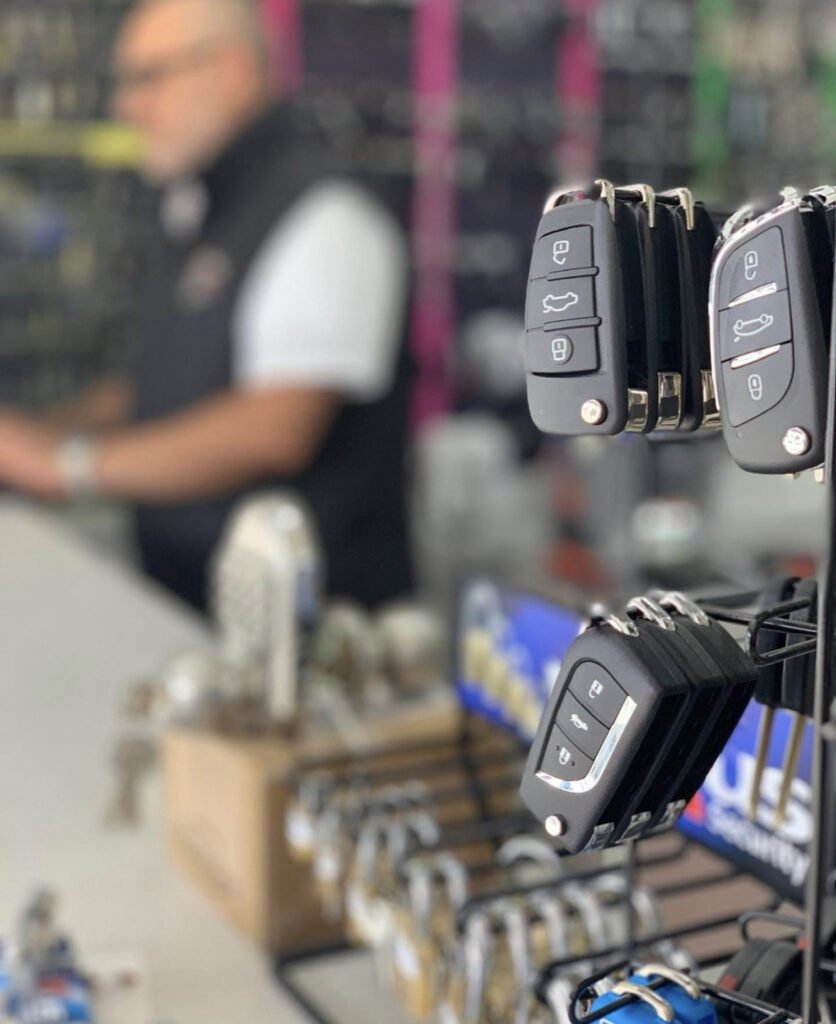Automotive Diagnostics
There are a variety of diagnostic tools available for use in automobiles. They include back-pin probing, Pattern recognition algorithms and Component Failure Warning systems. These diagnostic tools can help you communicate with remote assistance services and also identify components that are malfunctioning. These tools are crucial to ensure that your vehicle is secure while on the road.
Warning system for component failure
Modern automobiles have numerous internal and electronic systems that monitor how well the vehicle is operating and can be caused by malfunctions. If a component of the vehicle is not functioning correctly, it will send a warning signal to inform the driver about the problem. Certain warning lights can signal a minor issue, like a loose gas cap, while others could indicate the existence of a bigger issue.
A system that detects malfunctions could keep information that can be used to assist an expert identify the issue and correct it. Repair technicians can quickly solve the issue if it is detected early enough. The owner of a vehicle can increase its security and reduce maintenance costs by following these tips.
Modern vehicles come with an onboard computer diagnostics system that constantly checks all major functions and systems. It also monitors fuel consumption and harmful emissions. A warning light will appear on the dashboard if a component is damaged. This system is called OBD and is installed on vehicles such as personal cars as well as commercial vehicles. It has become an industry standard and makes diagnosing much easier.
These warnings take the form of Diagnostic Trouble Codes, or DTCs, and are the result of a diagnostic procedure that determines the root cause of the issue. Diagnostics involve an extensive search for service information and pin-point testing of the vehicle, and inspecting the affected areas. To correctly diagnose a vehicle's problems it is essential to understand the meaning behind these codes.
Communication between a vehicle and a remote assistance facility
For remote assistance facilities to work with your vehicle you need to be able to communicate with it. V2V communication (vehicle-to-vehicle) is a method to communicate with other vehicles wirelessly and exchange data. This technology permits the transmission of omni-directional communications up to 10 times per second. It assists vehicles in maintaining an eye on their surroundings in 360 degrees. It also collects information from vehicles in the vicinity to alert drivers of imminent accidents. These systems also can use audible and tactile warnings to aid drivers in avoiding accidents.
Back-pin testing
Back-pin probing, which is a technique employed in automotive diagnostics, makes use of a sharp point to touch automotive connectors. These probes are often inexpensive and can be used on most vehicle models. They are ideal for taking live circuit measurements without damaging connectors. This process eliminates the need to puncture wire insulation.
Back-probing is a method used in automotive diagnostics is favored by many repair technicians as it is safer and more convenient than using a wire probe to pierce the insulation. These tools can be put into automotive connectors using a variety of tips. Many of the back-probes that are made for speciality are small in diameter, which reduces the force applied to the connector.
Certain automotive diagnostic kits include numerous connectors and probes like banana plugs, alligator clips and pointed probe tips. Some kits come with different tests kits. www.thekeylab.co.uk will let you quickly and easily measure the electrical signals that suggest that there is a problem with your vehicle.
Back-pin probing could be one of the most efficient methods to test automotive connectors. It allows you to quickly connect and disconnect the test leads. Another advantage for this method of diagnostics is that it is affordable. This method will help you save time, money, as well as labor.
On-board diagnostics
On-board diagnostics in automotive systems can provide drivers with vital information about the health of their vehicle. It also informs them to the need for repair or maintenance. This technology will increase the efficiency of fuel and also improve reliability. This technology can be utilized to enhance safety and performance by car manufacturers. These systems also save time and money by allowing drivers the ability to see the condition of their vehicle without the need to wait at the mechanic's workshop.
Before the advent of standardized on-board diagnostics, companies developed their own systems. The original versions of the system were built using their own connectors, electronic interfaces, and customized codes to identify problems. The first systems were launched in 1968 and 1978 by Volkswagen and Datsun. The Society of Automotive Engineers (SAE) eventually mandated all cars to have the technology. In addition, in 1994, California's law required that all vehicles have onboard diagnostics.

On-board diagnostics systems are so sophisticated that they rival the computing capability of a desktop computer. They are able to communicate with a variety of medium-speed networks and process large volumes of data. Many on-board diagnostics systems include sensors for vehicle speed, that can detect roads with rough surfaces accurately. These sensors are integrated into the engine control module, or ECU.
If a vehicle's engine is experiencing problems or is experiencing problems, the OBD system will detect the issue and activate an indicator light in the instrument cluster. After identifying the issue and the cause, the OBD system will store a diagnostic trouble-code. To decode the trouble signal, a mechanic can connect a scanner to an OBD connector below the dashboard. A mechanic might not be able read a trouble code, but it could help him figure out what's wrong.
